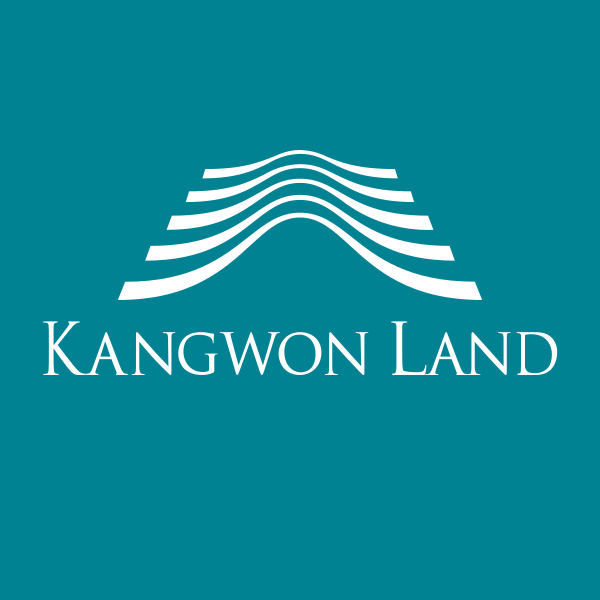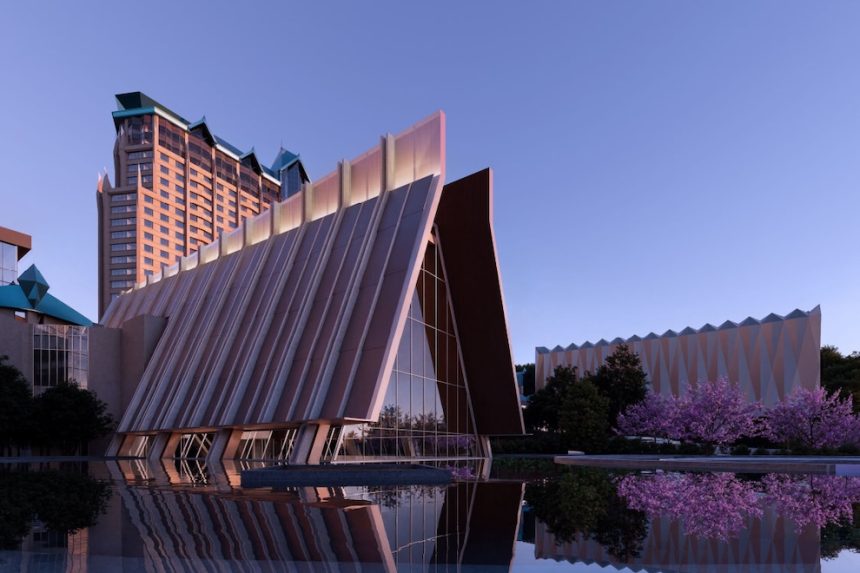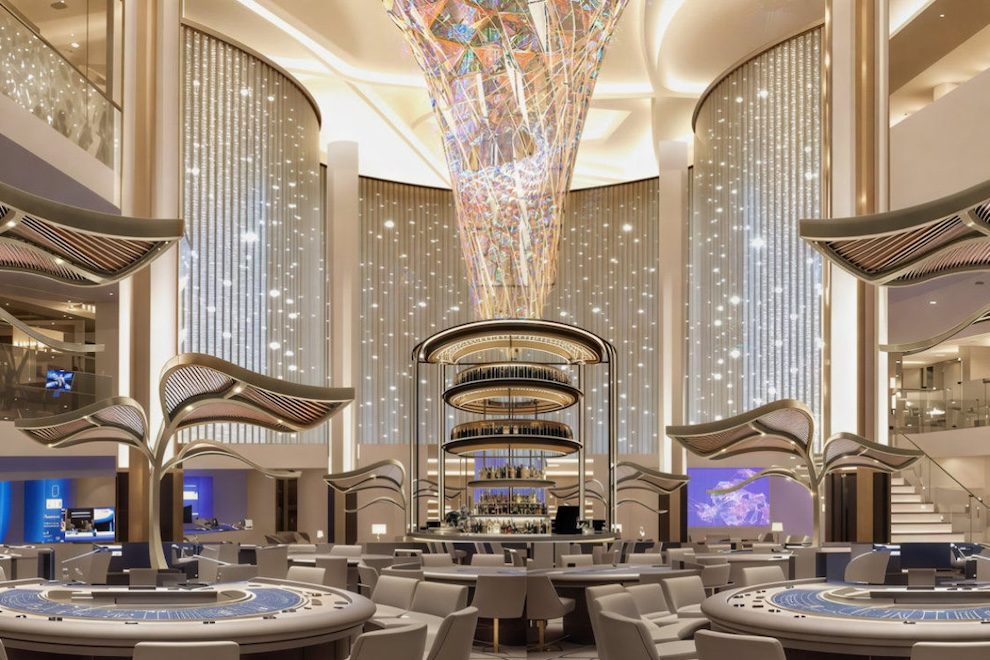
Kangwon Land Inc has officially unveiled renderings and details for its highly anticipated second casino building, positioning itself to significantly expand capacity at South Korea’s only resort where locals may legally gamble. The company shared architectural visuals depicting a striking five‑level structure—two basement floors and three above ground—featuring a “prow roof” or flying gable design, with water features reflecting the rooftop geometry and a vaulted ceiling soaring above the gaming floor.
Construction on this new structure formally began in March 2025 as part of Kangwon Land’s ambitious “K‑HIT 1.0” development initiative. Kim Hyukha, general manager of the casino management team, conveyed that upon completion—now anticipated in early 2028—the venue will address overcrowding at the existing casino. “This expansion would solve the [current] venue’s ‘overpopulation’,” he said, adding the plan includes “50 tables and 250 slot machines as well as food and drink facilities, possibly with keno and bingo”.

The new building will house approximately 18,430 square meters of floor space—roughly 198,379 square feet—expanding the overall gaming footprint of the resort. The announcement comes as a follow‑up to the December 2024 approval by Kangwon Land’s board for a KRW 179.6 billion (about US $130 million) investment in the second casino facility, which forms part of a broader group redevelopment valued at KRW 2.5 trillion (about US $1.9 billion).

This expansion builds upon regulatory clearance from the Ministry of Culture, Sports and Tourism granted in September 2024, which paved the way for the resort’s gaming floor to grow from around 14,500 square meters to over 20,200 square meters. As part of the upgrades, the total number of gaming tables will increase from 200 to 250, and slot machines will climb from 1,560 to 1,860 units.
In his remarks, Kim Hyukha emphasised not just the functional benefits but also the guest experience: given that the new facility is separate from the existing gaming floor, careful planning is underway to integrate travel between venues—minimizing repeat identity checks and improving convenience for customers. He noted that the location chosen—a former theme park site adjoining the current casino—was selected to enable a quick start to construction and efficient expansion logistics.
Beyond immediate capacity gains, the long-term vision for Kangwon Land is ambitious. As interim CEO Choi Cheol‑kyoo has stated, the resort aims to transform from a former mining area into a world‑class integrated resort rivaling global entertainment hubs. The broader development includes new hotel facilities, cultural and wellness centres, retail spaces and performance venues, with non‑gaming revenue expected to rise from roughly 13 percent today to 30 percent by 2032.
Although industry analysts caution that demand remains soft—with Kangwon Land’s mass market gross gaming revenue still trailing pre‑COVID levels by 5 to 10 percent—this expansion is seen as an essential strategic move. JP Morgan analysts have pointed out that while foreign‑only operations account for less than 1 percent of total revenue, the expansion still signals ongoing regulatory support and a forward‑looking posture by the company.
Ultimately, the design reveal for the second casino building marks a pivotal moment in Kangwon Land’s evolution. With a visually distinctive new structure, significantly larger gaming capacity, and a holistic upgrade to amenities, the project not only addresses overcrowding but also aligns with a broader ambition: to redefine Kangwon Land as a competitive, multi‑faceted destination in Asia’s integrated resort landscape.

 Content Writer: Janice Chew • Tuesday, 25/08/2025 - 23:51:53 - PM
Content Writer: Janice Chew • Tuesday, 25/08/2025 - 23:51:53 - PM